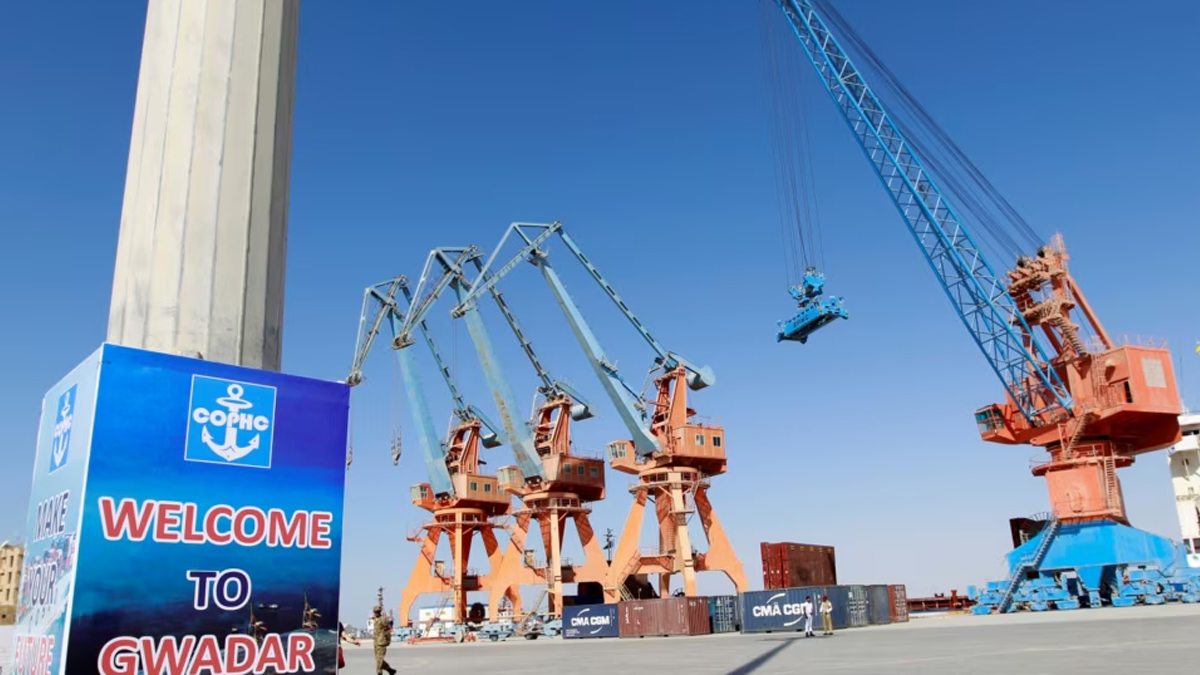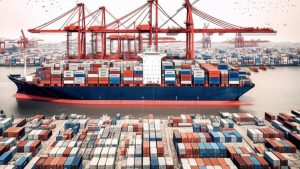
Pakistan Struggles to Generate Trade at China-Funded Gwadar Port

Pakistan is grappling with significant challenges in attracting commercial activity to the China-funded Gwadar deep-sea port in its southwestern Balochistan province. Experts attribute the port’s underperformance to local insecurity, a lack of essential services, and inadequate planning, according to a report by Voice of America (VOA).
A press release issued Wednesday after a meeting chaired by Pakistan’s Minister for Planning and Development, Ahsan Iqbal, highlighted the absence of a concrete plan to drive trade at the port. Nearly a decade has passed since Gwadar’s first container shipments in 2016.
“The minister noted the lack of commercial analysis and a comprehensive operational plan for Gwadar Port, calling for immediate efforts to unlock its potential,” the statement read. Iqbal instructed the preparation of a detailed plan within six months to increase trade activity.
Strategic Asset, Limited Use
Built in 2007 at a cost of $250 million and operated by the China Overseas Ports Holding Company since 2013, Gwadar is often referred to as the “crown jewel” of the $60 billion China-Pakistan Economic Corridor (CPEC). Despite this designation, a report by Pakistan’s Ministry of Maritime Affairs revealed that during the 2022-23 fiscal year, Gwadar handled less than 1% of the country’s seaborne trade across its three berths.
Muhammad Faisal, an expert on Pakistan’s foreign policy based at Australia’s University of Technology Sydney, told VOA that Gwadar was conceived as a geopolitical project rather than a purely commercial venture.
Prime Minister Shahbaz Sharif has issued directives for 60% of public sector imports and exports to be routed through Gwadar, building on an earlier order for at least 50% of public cargo to utilize the port. However, former Prime Minister Shahid Khaqan Abbasi criticized the move, telling VOA that Gwadar lacks the infrastructure and manpower to manage such volumes.
“Unless you spend another $3 billion to $4 billion there and make a world-class port, you really can’t call it a port,” Abbasi said, describing the current strategy as unrealistic.
Infrastructure and Insecurity
China has plans to expand Gwadar’s capacity significantly, aiming to construct 100 berths by 2045. However, critical issues such as insecurity, inadequate water and electricity supply, and limited connectivity hinder the port’s growth.
The nearby New Gwadar International Airport, funded by a $230 million Chinese grant, has also faced delays. Although operational, the massive facility remains underutilized, with limited domestic and international flights. Former Prime Minister Abbasi, also an aviation expert, noted that insufficient passenger traffic and basic amenities in Gwadar deter airlines from operating there.
Balochistan’s decades-long separatist insurgency further complicates the situation. In a recent attack on the Gwadar Port Authority complex, several security personnel and militants were killed, highlighting the persistent security risks.
Strategic Implications
Despite the challenges, experts believe Gwadar retains strategic value for Pakistan and China. The port provides China with a shorter trade route to the Middle East and Central Asia, enhancing its geopolitical leverage.
Mustafa Hyder Sayed, executive director of the Pakistan-China Institute, told VOA that the slow progress at Gwadar has not affected the broader Pakistan-China relationship. “State-to-state relations are deep-rooted in long-term strategic interests,” Sayed remarked, emphasizing the resilience of bilateral ties.
While some compare Gwadar to Sri Lanka’s Hambantota port—where Chinese control was asserted after Colombo defaulted on loans—experts like Faisal believe Gwadar’s geostrategic importance will prevent it from becoming a liability.
As Pakistan navigates these challenges, the focus remains on balancing domestic needs with the strategic and commercial ambitions of the Gwadar port project.












Comments